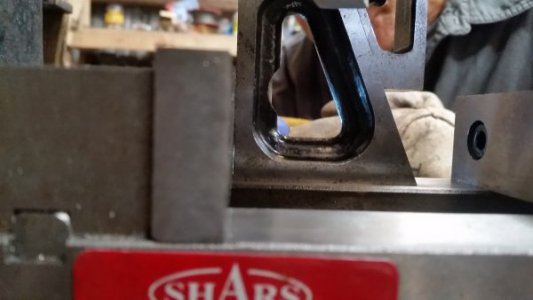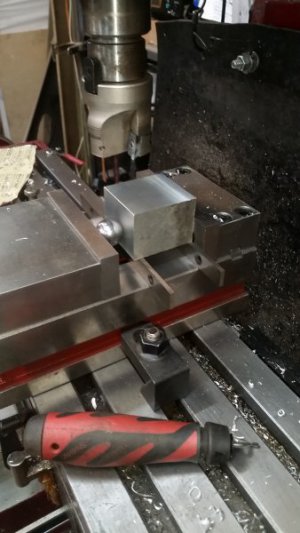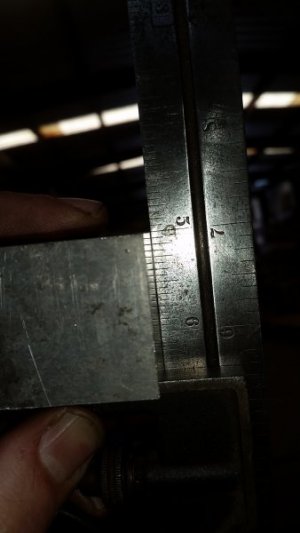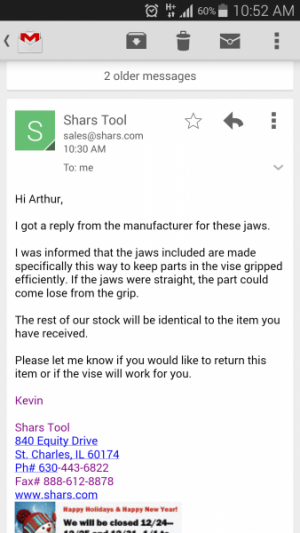- Joined
- Mar 5, 2018
- Messages
- 47
Gentlemen!
I bought this precision vise from shars company, to replace cheap Chinese vise I had before. https://www.shars.com/products/workholding/vise/4-single-lock-down-precision-milling-machine-vise
The Jaws out of the box were not square to the base, despite spec being . 0004 "
Checked with several starrett tools. I sent pictures to the Shars and they responded that's the way the make em..... My Chinese vise was off about the same way.
What do I need to do to get a vise that's actually square and I can mill soft materials square.
Thanks a bunch.!
Arthur




I bought this precision vise from shars company, to replace cheap Chinese vise I had before. https://www.shars.com/products/workholding/vise/4-single-lock-down-precision-milling-machine-vise
The Jaws out of the box were not square to the base, despite spec being . 0004 "
Checked with several starrett tools. I sent pictures to the Shars and they responded that's the way the make em..... My Chinese vise was off about the same way.
What do I need to do to get a vise that's actually square and I can mill soft materials square.
Thanks a bunch.!
Arthur




